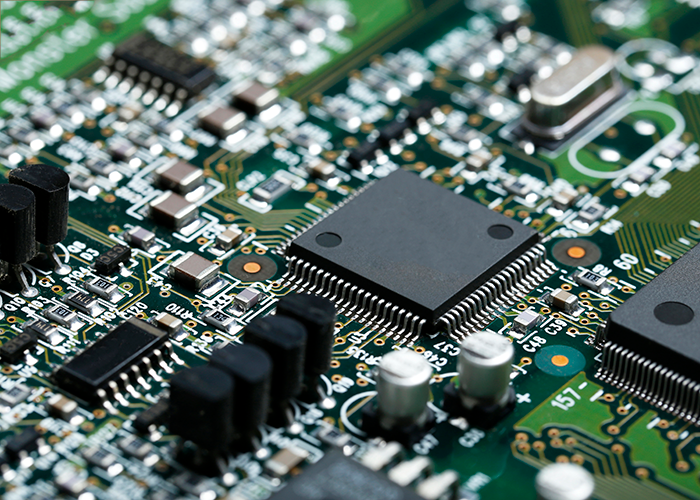MOTHERBOARD
What Is a Motherboard?
A computer’s motherboard is typically the largest printed circuit board in a machine’s chassis. It distributes electricity and facilitates communication between and to the central processing unit (CPU), random access memory (RAM), and any other component of the computer’s hardware. There is a broad range of motherboards, each of which is intended to be compatible with a specific model and size of the computer.

1. Advanced Technology (AT) motherboard
Due to their larger physical dimensions (which can be measured in hundredths of millimeters), these motherboards do not work properly with computers that fall into the category of smaller desktops. A larger physical size makes it more difficult to install new hardware drivers.
2. Standard ATX motherboard
ATX is an enhanced version of the AT motherboard that Intel created in the 1990s. Its name means “advanced technology extended,” and its initials stand for “advanced technology.” Unlike AT, it is much more compact and enables the associated components to be interchanged. The connection elements have witnessed significant progress and development.
3. Micro ATX motherboard
The length and width of these motherboards, measured in millimeters, are also 244 mm (size metrics will differ as per the manufacturer). This motherboard has fewer ports and slots than the Standard ATX board.
